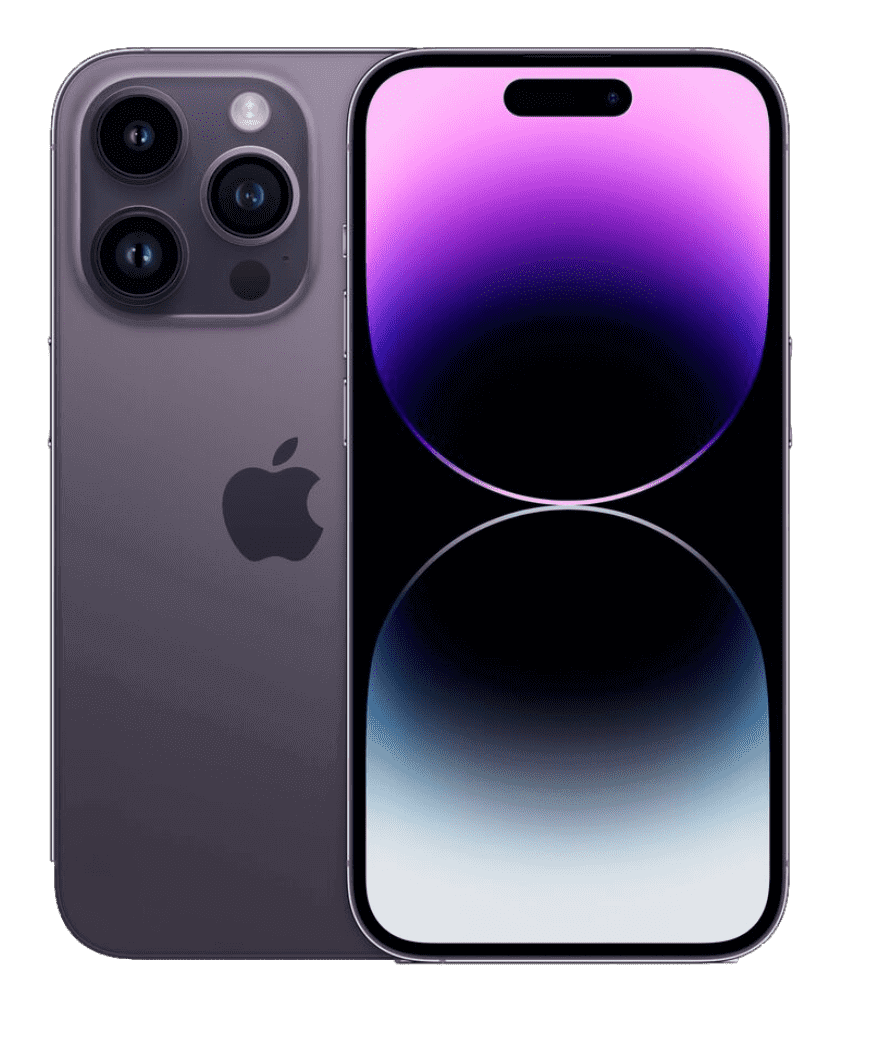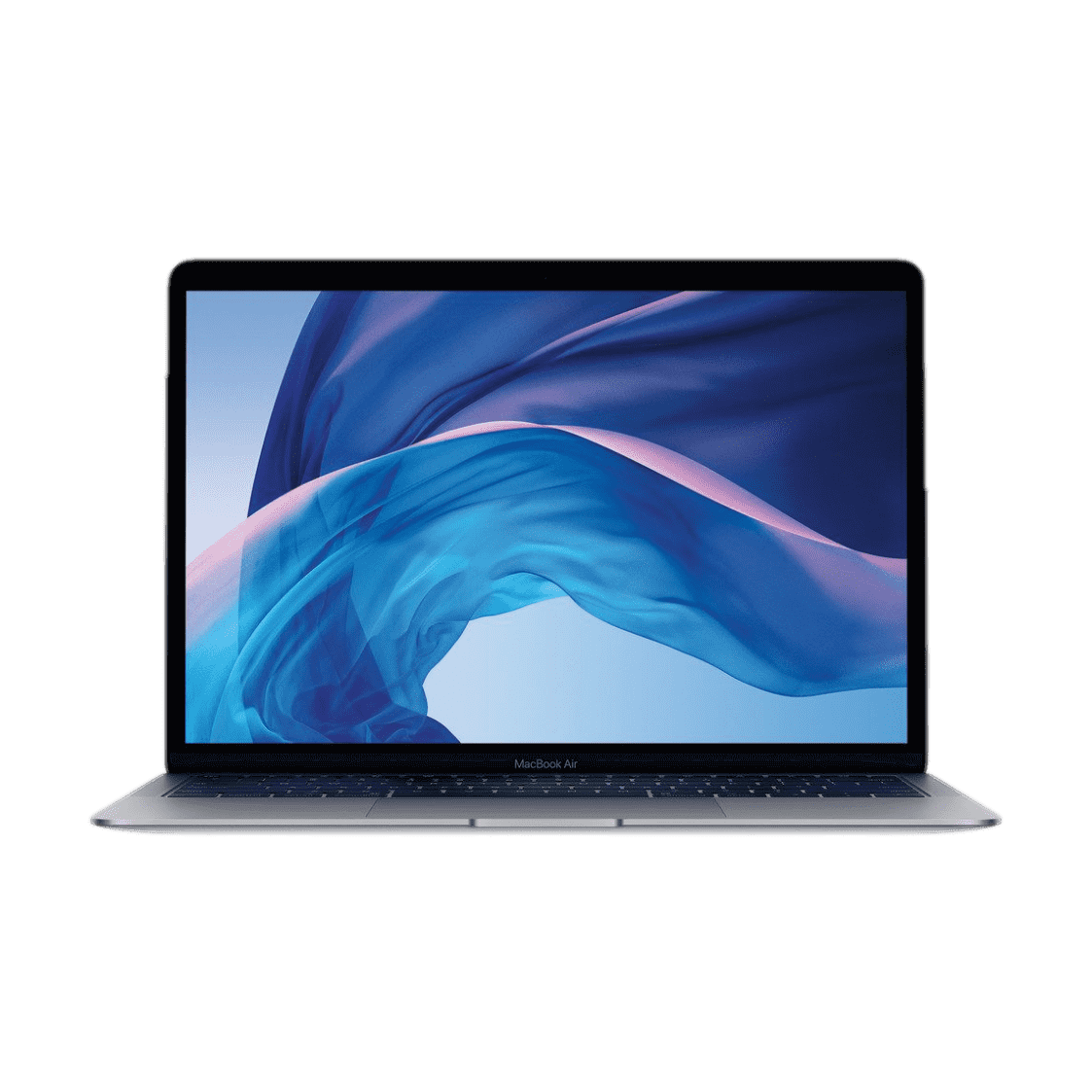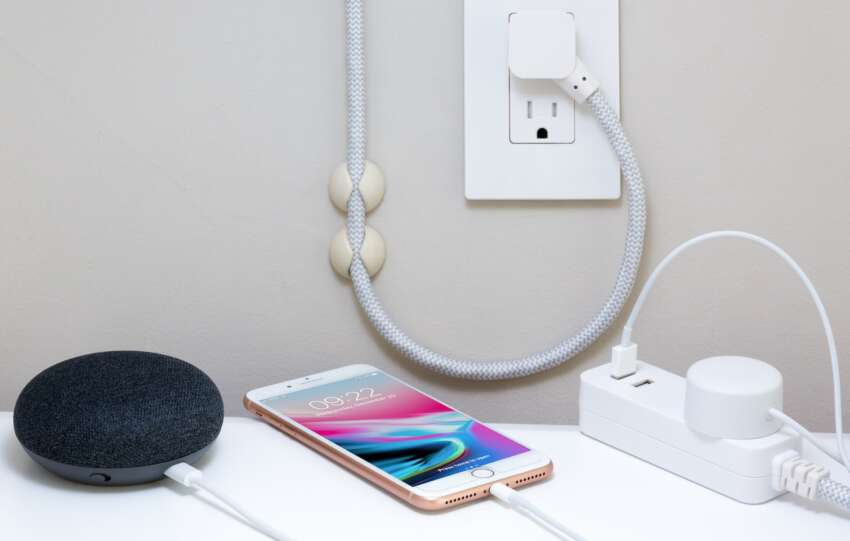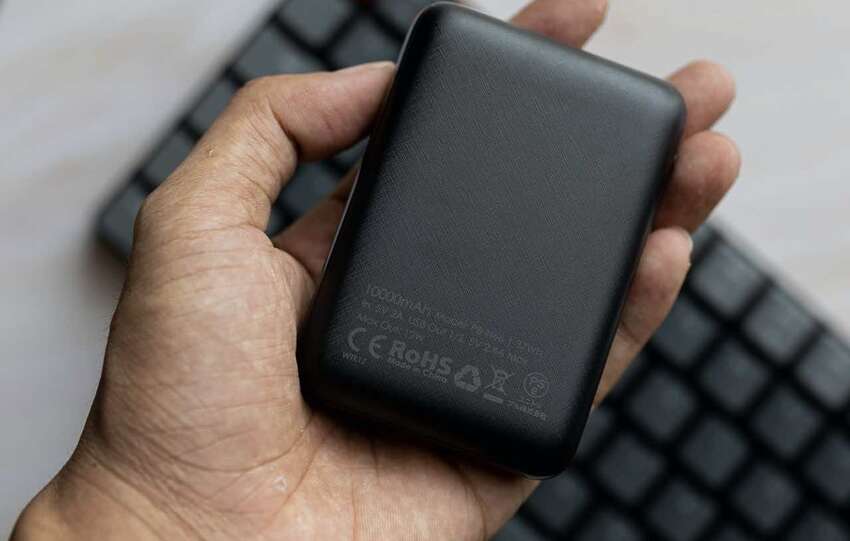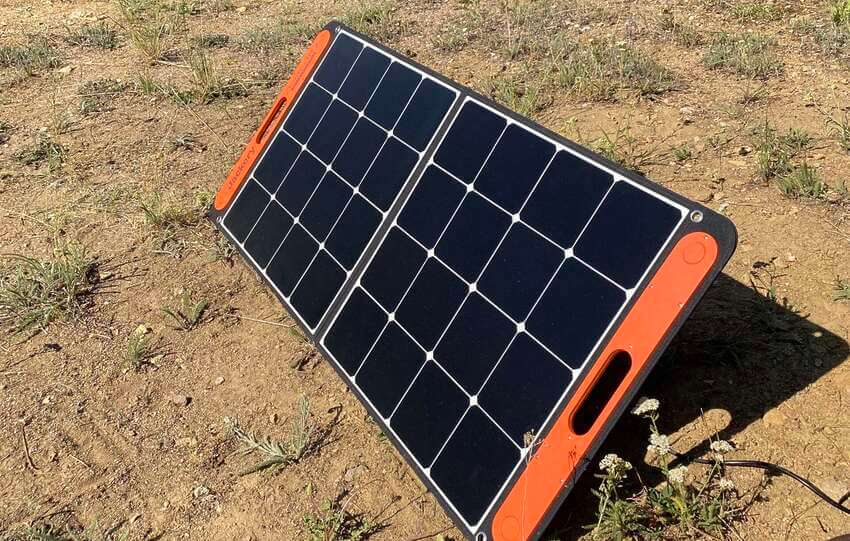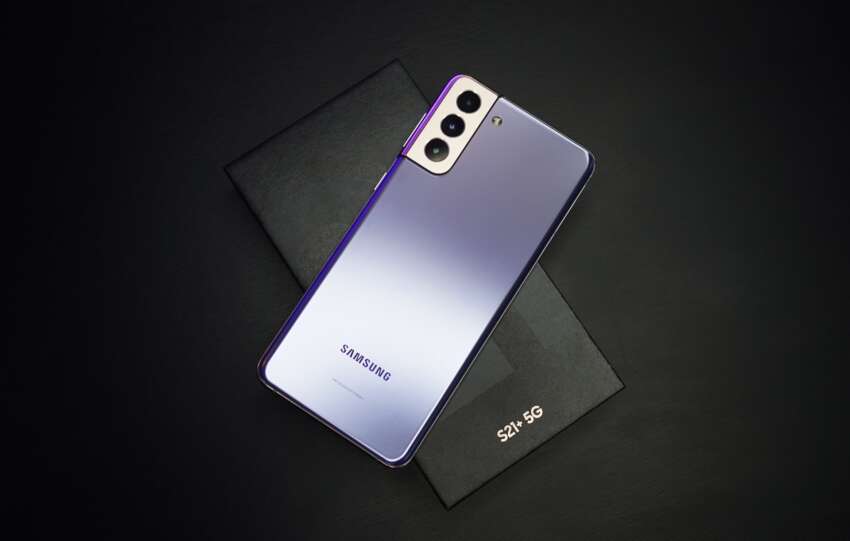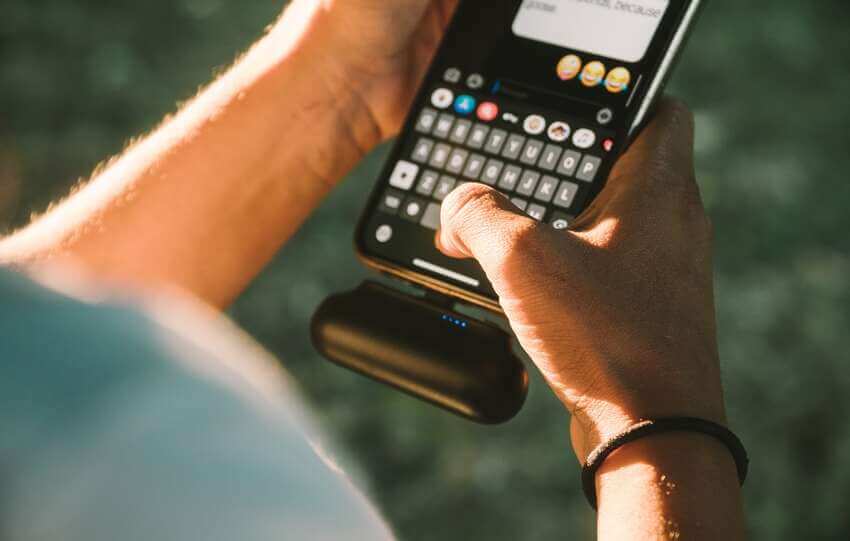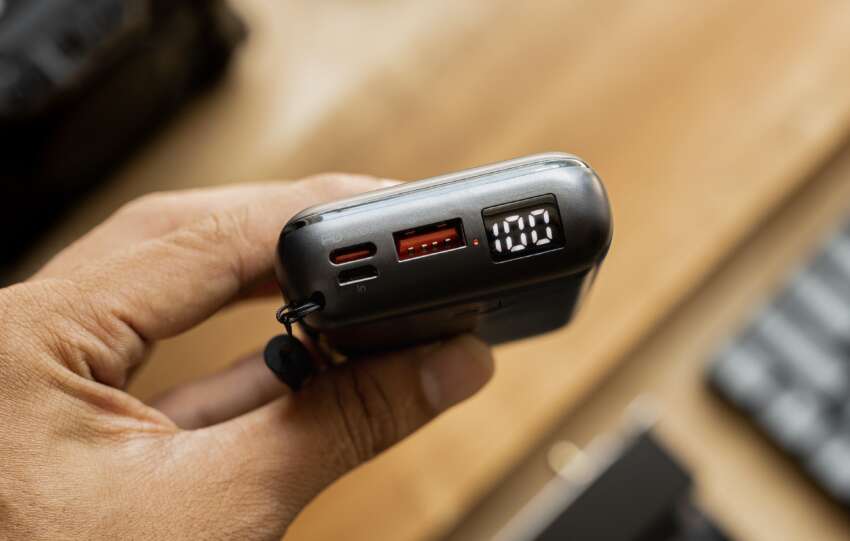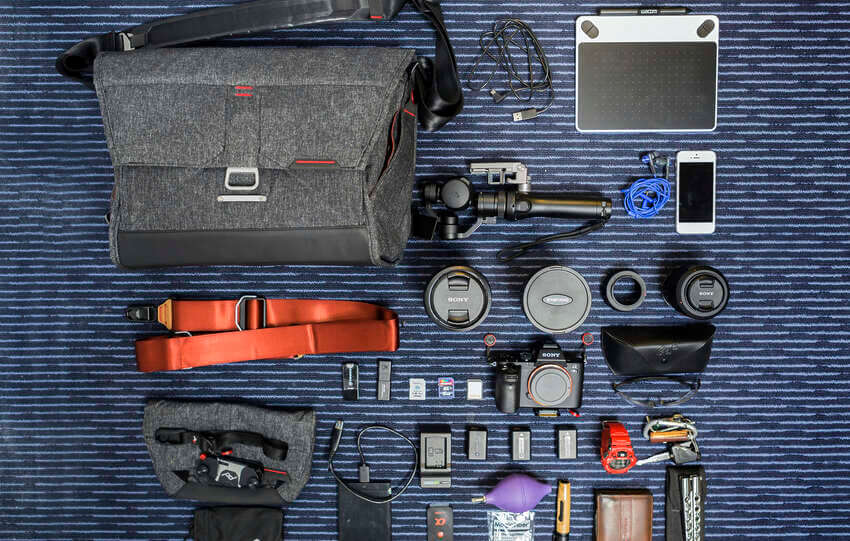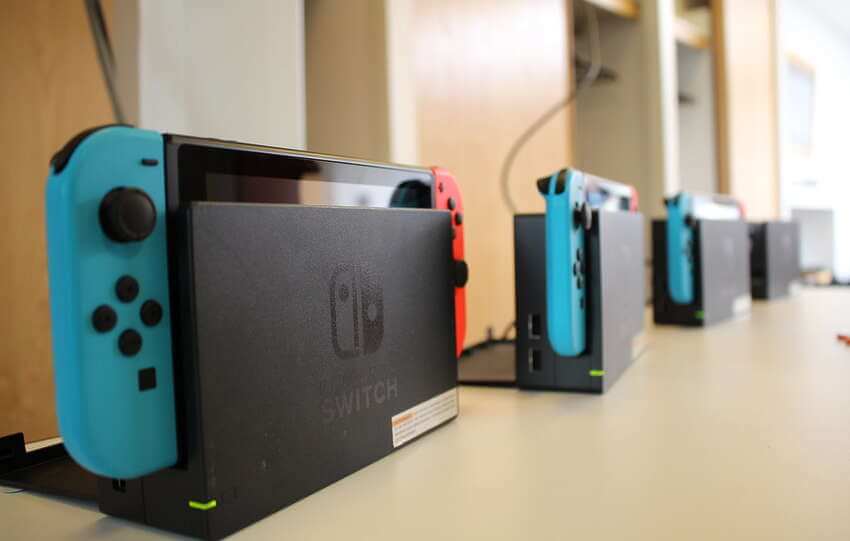Share This Article
Choosing the right USB cable for your needs can be a daunting task. With all of the different types, brands, and lengths available, it’s hard to know where to start. Luckily, we’re here to help. In this guide, we’ll walk you through everything you need to know about USB cables so that you can find the perfect one for your needs.
First, let’s start with the basics. USB is a standard that defines how computers and electronic devices communicate with each other. It was first introduced in 1996 and has since gone through several revisions, with the most recent being USB 3.1.
USB cables are made up of four wires: two for power and two for data. The power wires are used to charge devices or provide power to them, while the data wires are used for transferring data between devices.
There are three main types of USB cables: USB Type-A, USB Type-B, and USB Type-C.
USB Type-A is the most common type of USB cable. It is typically used to connect devices like printers, scanners, and external hard drives to computers.
USB Type-B is less common than USB Type-A, but it is still widely used. It is typically used to connect devices like digital cameras and camcorders to computers.
USB Type-C is the newest type of USB cable and it is slowly becoming more popular. It can be used to connect computers with each other or connect a computer to a device like a smartphone or tablet.
USB-C vs USB 3.1
With so many options on the market, it can be hard to know which USBC cable or USB 3.1 cable is right for your needs. Here are a few things to consider when making your decision:
- Do you need support for Power Delivery (PD) charging?
- How long do you need the cable to be?
- Do you need support for data transfer?
- What type of devices will you be connecting?
If you need support for PD charging, then you’ll want to make sure to choose a cable that is rated for that purpose. Not all USB-C cables or USB 3.1 cables support PD charging, so it’s important to check before making your purchase.
Length is another important consideration – if you need a longer cable, then you’ll want to make sure to choose one that is rated for the desired length. Some USBC cables or USB 3.1 cables are only meant for short distances, so it’s important to check the specifications before making your purchase.
Data transfer support is also an important consideration, especially if you plan on using the cable to connect devices such as external hard drives or scanners. Not all USBC cables or USB 3.1 cables support data transfer, so be sure to check before making your purchase.
Finally, it’s also important to consider what type of devices you’ll be connecting with the cable. Some USBC cables or USB 3.1 cables are only meant for use with certain types of devices, so it’s important to check compatibility before making your purchase.
Factors to Consider When Choosing a USB-C or USB 3.1 Cable
Choosing the right USB-C or USB 3.1 cable for your needs can be difficult with the many choices on the market. When making your decision, there are a few factors you should consider such as data speed, charge speed, durability, and compatibility. This article will go over each factor in detail to help you make the best decision for your needs.
Speed
USB-C Charging Speed
The speeds of USB-C cables are dictated by the version of USB they’re using. The fastest cable currently available is the USB 3.1 Gen 2, which offers speeds up to 10Gbps. This is the cable you’ll need for external hard drives and other high-speed devices.
If you don’t need quite that much speed, a USB 3.1 Gen 1 cable will work just fine and is much more common (and more affordable). These cables offer speeds up to 5Gbps.
The USB 2.0 standard offers speeds up to 480Mbps, which is fine for most devices but won’t be fast enough for external hard drives or other data-intensive devices.
Compatibility
When it comes to choosing a USB-C or USB 3.1 cable, the first thing you need to consider is compatibility. Not all cables are created equal, and not all are compatible with all devices. Make sure to check that the cable you’re considering is compatible with the devices you want to use it with.
The second factor to consider is data transfer speed. If you’re only interested in charging your devices, any USB-C or USB 3.1 cable will do. However, if you want to transfer data between devices, you’ll need to make sure you choose a cable that supports the right data transfer speed.
Finally, you’ll need to decide on the length of the cable. USB-C and USB 3.1 cables come in a variety of lengths, so there’s no need to worry about finding one that’s too short or too long. Just make sure to choose a length that’s convenient for your needs.
Charging
USB-C and USB 3.1 cables offer a variety of benefits over other types of charging cables, including faster charging speeds, increased durability, and better compatibility with a wide range of devices.
However, not all USB-C and USB 3.1 cables are created equal. When choosing a USB-C or USB 3.1 cable, there are a few important factors to consider in order to ensure that you’re getting the best possible performance and compatibility for your needs.
One of the most important things to look for in a USB-C or USB 3.1 cable is support for Power Delivery (PD) charging. PD is a newer standard that allows for much faster charging speeds than older standards like usb 2.0 , and it’s becoming increasingly common in newer devices like laptops, smartphones, and tablets. Not all USB-C and USB 3.1 cables support PD charging, so be sure to check before you buy.
Another factor to consider is the cable length. USB-C and USB 3.1 cables are available in a variety of lengths, from short 0.5 meter (1.6 feet) cables to long 10 meter (33 feet) cables. The length you need will depend on your specific needs, so be sure to choose a length that will work for you.
Finally, make sure to check the compatibility of your devices before choosing a USB-C or USB 3.1 cable. While most newer devices will work with either type of cable, some older devices may only be compatible with one or the other.
Checking the compatibility of your devices before you buy will help ensure that you’re getting the right cable for your needs
Conclusion
Now that you know the difference between a USBC cable and a USB 3.1 cable with pd charging, as well as the benefits of each, you can make an informed decision about which type of cable is right for you.
If you need a fast data transfer rate and reliable charging, go with a USBC cable. If you need a cable that can charge your devices quickly, go with a USB 3.1 cable with PD charging.

